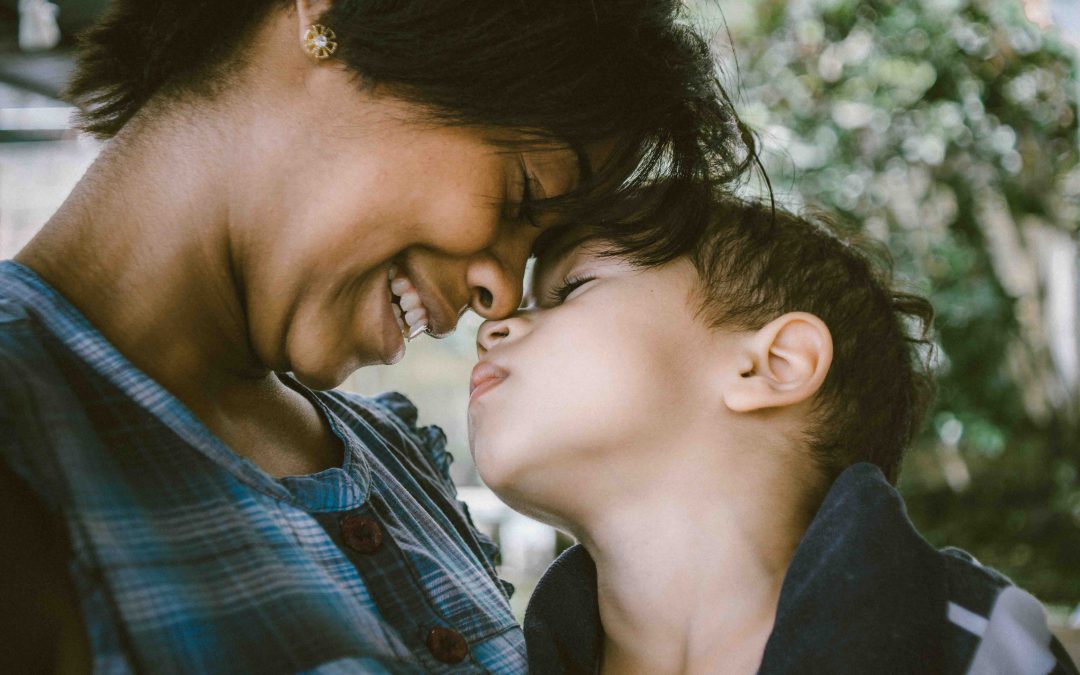This is the 10th part of a series we have titled “Concepts and Skills of Parenting.” It is adapted from the book Healing Parents: Helping Wounded Children Learn to Trust and Love. To read Part 1 — which provides a look at secure attachment at the start of life — click here. Part 2 explores the core concepts of child development. Part 3 examines the importance of trust and reciprocity in the formation of secure attachment. Part 4 provides an overview of the developing brain. Part 5 explains the importance of parenting with a mindset focused on opportunity, not crisis. Part 6 explains why it’s important to be a calm parent. Part 7 provides parents guidance about how much structure and freedom to give their children. Part 8 explains why children need chores — and accountability. Part 9 provides a look at a better way to discipline than timeouts.
Fear and discomfort activate attachment needs in babies and young children.
When frightened, lonely and feeling stress, children rely on their caregivers for protection and need-fulfillment. You are a secure base when you are emotionally available, sensitive, responsive and helpful. Your child’s fear and stress are reduced. She learns to associate closeness with safety and security. This is the essence of secure attachment.
What happens to babies and children when there is no secure base, with no reliable and emotionally available caregiver to depend on? This child must face anxiety and stress alone. With little or no support, the child is overwhelmed with stress. She associates closeness with pain and fear and concludes she is better off alone. This is the essence of attachment disorder.
It is crucial that you are a secure base for your child. he will push you away and act as if he doesn’t need you. Don’t believe it. He does need you, but he is afraid to trust, love and be vulnerable. The elements necessary for a caregiver to have in order to provide a secure base are:
- emotional availability — accessible, dependable, self-aware (does not personalize, knows own triggers), mature, good role model;
- sensitivity — attuned to your child’s feelings, needs anxieties, and defenses; empathetic, nurturing, patient and loving;
- responsiveness — responds appropriately to current behavior and underlying needs; firm and loving; does not ignore negative behaviors; proactive, no reactive; promotes safety not fear; provides consistent, predictable, and developmentally appropriate structure and support; and
- helpfulness — mindset of opportunity rather than crisis; helps child learn coping skills, such as anger management, communication, and problem solving; understands the role and attitude of a healing parent.



Like to know if certification courses are given
Mary, We do not have certification courses on Corrective Attachment Parenting. However, our book, Healing Parents, has lots of information.